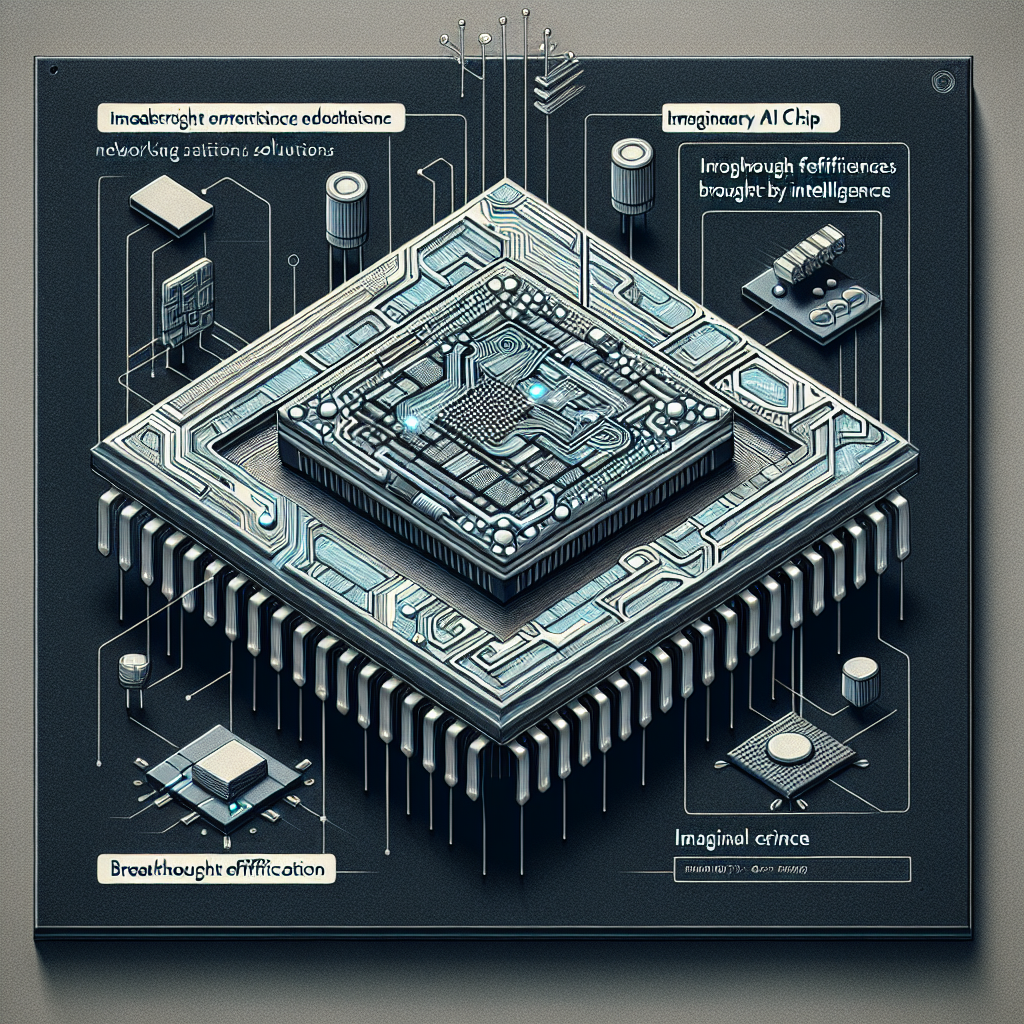
The tech world is buzzing with excitement as Cisco launches an innovative new chip that’s poised to revolutionize networking infrastructure. The Cisco Silicon One P200, introduced alongside a new series of routers, is particularly significant for hyperscaler customers, such as Alibaba and Microsoft Azure. This move marks a considerable advancement in the integration of AI capabilities into networking technology, demonstrating Cisco’s commitment to remaining at the forefront of the digital transformation in enterprise environments.
Originally launched in 2019, the Cisco Silicon One architecture has already shown promising versatility, providing a robust framework that can be utilized across various roles within data centers. The P200 chip encapsulates this vision, emerging as a high-performance networking chip that combines efficiency with unprecedented power. Historically, networking chips have faced limitations regarding scalability and power consumption, especially in AI applications. Cisco’s announcement signals a potential turning point in overcoming these hurdles.
At its core, the P200 chip boasts an impressive capability—consolidating the processing power typical of 92 previous chips into a single unit. This miniaturization not only enhances performance but also leads to a significant 65% reduction in power consumption for the 8223 routing system. As data centers continue to face escalating demands for GPU-based compute power, the need for efficient solutions becomes critical, particularly for organizations expanding their AI workloads.
Industry analysts, such as Sameh Boujelbene from Dell’Oro Group, highlight that a primary challenge in scaling AI applications is tied to power limitations. For hyperscalers, the ability to spread the AI workload across multiple data centers and even cities is paramount. The new Silicon One P200 chip is engineered to facilitate just that by supporting distributed AI infrastructure and optimizing performance, thereby addressing one of the industry’s most pressing challenges.
Competition in the high-performance networking chip market is fierce, particularly with Nvidia introducing its Spectrum-XGS Ethernet platform aimed at similarly scaling AI networks. While Nvidia’s offering integrates its own proprietary technology for efficient data management and connectivity, Cisco distinguishes itself with the holistic design of its Silicon One product line, which integrates routing and switching capabilities in a unified framework. This allows for enhanced power efficiency, paving the way for future innovations.
As further evidence of its prowess in the networking arena, Cisco emphasizes that its AI networking systems provide not just silicon efficiency but also extensive capabilities across software and hardware. In a modern landscape where AI applications are increasingly demanding, optimizing bandwidth and routing efficiency can greatly impact operational costs and service delivery.
Moreover, innovations like the P200 chip underscore the growing interconnectedness of AI and networking technologies, illustrating the urgent need for businesses to adopt more sophisticated frameworks. As the digital economy surges forward, having the requisite infrastructure to support advanced AI applications will be crucial for competitive positioning.
Cisco’s release of the Silicon One P200 is more than just another iteration in their product lineup; it represents a significant leap toward addressing the complexities of enterprise AI infrastructure. As businesses increasingly leverage AI across their operations, the importance of scalable, efficient, and powerful networking becomes ever more apparent. With initial deployments in hyperscaler environments, it won’t be long before the broader implications of this technology are realized, potentially setting new standards for performance and efficiency in the industry.

Leave a Reply